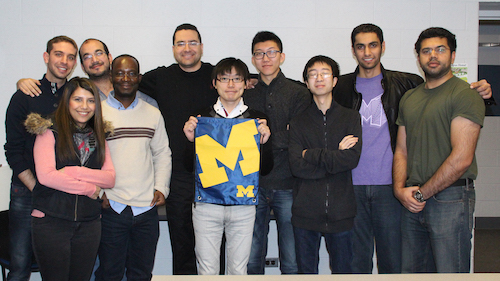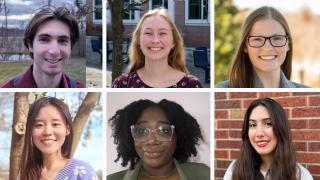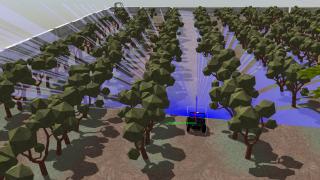
Marouane Kessentini wants his students to take risks—to do something new, something that hasn’t been done before.
That’s why the computer and information science assistant professor started a search-based software engineering (SBSE) lab for his graduate students. It’s why he encourages students to work on research with him. And it’s the reason he brings the software tools he’s helped create into undergraduate classrooms.
Kessentini said he realizes the unknown can be intimidating. But he also knows that taking risks comes with rewards—and he wants his students to experience those too.
“Some students want to do incremental research work in an area they know, to build up something quickly. But I say take risks. It’s true that it will take time to understand a new concept and adapt to a completely new idea, and maybe you may not get good results when you do an experiment at first,” he said.
“But when you gain results and you write a good paper, the research impact will be high. People, in general, will not remember who did the incremental work. But they will remember a new idea or who was the first one to come up with a technique to solve a problem.”
Kessentini didn’t start out in the search-based software engineering field. But his doctorial adviser at University of Montreal was interested in software engineering—something Kessentini had little experience with.
“My challenge was, “How can I use my background in optimization and artificial intelligence to solve real-world problems related to software development?’” he said. “Because of my background, I had a different perspective on how to solve the problems.”
He said that’s had a long-term effect on his research. And it has made him open to many ideas.
Kessentini’s most recent endeavor—inspired by a student who recently applied to the Ph.D. program in information systems engineering—is finding ways to remove barriers for visually impaired programmers.
“This student’s CV and industry work is exceptional, but he shared with me some of the struggles he has because he’s visually impaired. When I did a quick look to see what people are doing to help visually impaired programmers, nothing came up,” he said. “And I thought, ‘It’s time to do something about that.’ It’s risky because I have not done anything like this, but I feel it needs to be done.”
Kessentini said the aspiring UM-Dearborn student listed difficulties, such as the amount of time spent listening to the computer to hear the source code before work can even begin. The student said it causes stress, particularly in deadline situations.
“Instead of listening to thousands of lines of code, how can we, using search-based software engineering, propose a summary for them that’s maybe 100 lines of code instead?” Kessentini asked.
This summer, in collaboration with the Greater Detroit Agency for the Blind and Visually Impaired, Kessentini and his graduate students will work with visually impaired programmers who are traveling to campus from around the nation to discover solutions.
“We hope to find ways to help people in practice. Sometimes being open cannot only lead you to new ideas, but also ones that will have a lasting impact on others,” he said. “As important as citations and papers are, to make a difference in someone’s life is what we are all working toward.”






